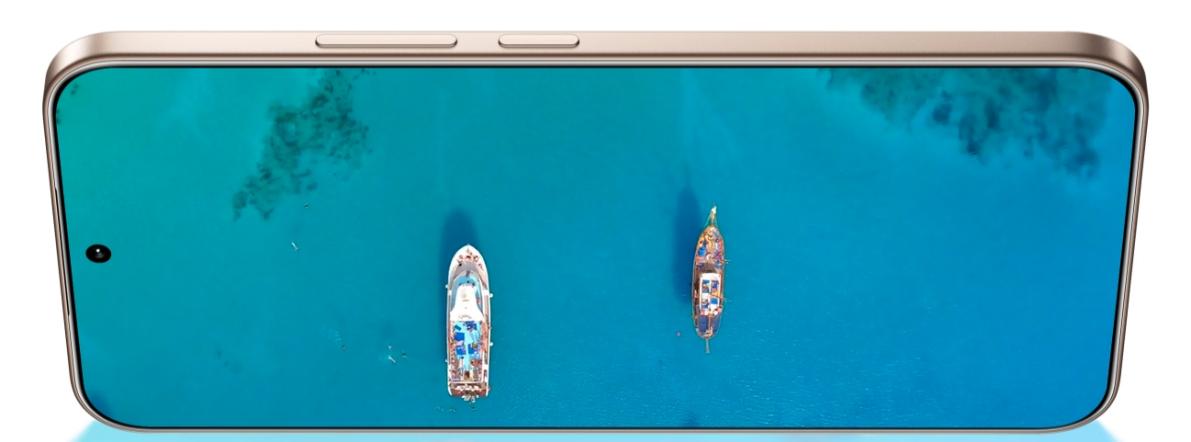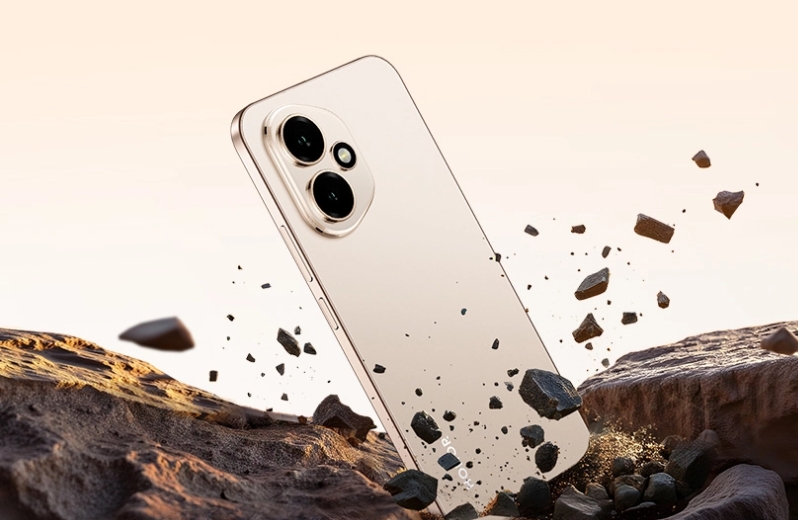
Selecting the right phone is crucial for students balancing academic and social demands. A phone should excel in display quality, RAM capacity, and receive regular software updates. These factors ensure it functions optimally for reading, gaming, and multitasking among apps relevant to college life. This guide will help you understand the key features of screen quality, RAM, and software updates that are crucial when making a purchase decision for a student’s phone.

Choosing the Right Screen for Students
Screen Size and Resolution for Reading & Viewing
Screen size impacts reading and viewing ease. Ideal sizes range from 5.8” to 6.5”, facilitating content consumption without straining the eyes. A full HD resolution (1080p) or higher ensures crisp text and detail. High resolution benefits students who switch between eBooks and streaming videos frequently. Therefore, ensure the screen size and resolution align with your primary usage to achieve a blend of comfort and efficiency.
Display Types: OLED vs LCD for Battery & Clarity
OLED displays offer vibrant colors and deep blacks, enhancing video and photo viewing, but come with a higher price tag. They generally consume less power when showing dark themes or apps, potentially conserving battery life. LCDs, though typically less expensive, provide clear viewing and a good color range. Choose OLED for premium quality and battery performance, or LCD for a budget-friendly option without sacrificing too much on clarity.
Durability: Scratch Resistance and Glass Protection
A phone’s durability matters, especially for active students. Opt for models with Gorilla Glass or similar protection to reduce scratches and shatter risks. Consider screen protectors and cases for added resilience. Investing in a phone with credible scratch resistance ensures longevity and saves money on repairs. This durability is essential for students constantly on the move or using the device in varied environments.

RAM Requirements for Smooth Multitasking
Minimum RAM for Academic Apps and Productivity
For efficient multitasking and running academic apps, a minimum of 4GB of RAM is recommended. This capacity supports word processors, note-taking, and lightweight research tasks. Devices with this RAM range cater to basic productivity needs without performance lag. For students primarily engaged in academic activities, ensuring adequate RAM prevents frustration during extensive app usage and multitasking sessions.
How More RAM Improves Gaming & Entertainment
Higher RAM, like 6GB or 8GB, enhances gaming and entertainment experiences by preventing lag and ensuring smooth graphics rendering. For students looking to unwind with games or high-definition videos, more RAM facilitates fluid transitions between apps and fast loading times. With more memory, a phone can handle multiple demanding tasks simultaneously, making it an excellent choice for students interested in gaming or multimedia entertainment.
Efficient RAM Management for Long-Term Use
Efficient RAM management involves automatic optimization techniques within devices. By choosing phones that utilize smart RAM allocation, students can extend device usability. This management ensures apps are efficiently handled, minimizing slowdowns over time. Long-term performance is sustained, making a device investment viable for the entire college duration. Therefore, checking a phone’s capability to manage RAM effectively keeps it future-ready.
Importance of Regular Software Updates
Keeping Your Device Secure and Bug-Free
Regular software updates are vital for maintaining security and functionality. They protect against vulnerabilities and fix bugs, reducing the risk of data breaches. For students, these updates secure sensitive information, including academic projects and personal data. Ensuring your phone gets consistent updates from the manufacturer ultimately guarantees a safer user experience and reliable performance throughout its lifecycle.
New Features and Optimizations for Student Needs
Software updates introduce new features and optimizations that enhance efficiency for students. They may update user interfaces or improve battery management, aligning closely with student-paced demands. Updates often include productivity tools and entertainment features, increasing the phone’s utility. Staying current with updates keeps students equipped with the latest technology to meet their changing academic and lifestyle requirements.
How Long Does Software Support Extend Device Lifespan
The duration of software support significantly impacts a phone’s lifespan. A longer support period, often three or more years, ensures the device remains functional and secure. This prolonged usability is particularly beneficial for students, as it avoids the cost of frequent replacements. By choosing phones from manufacturers with robust update policies, students can maximize the lifespan and value of their devices.
Conclusion
Choosing a phone for students involves evaluating screen quality, RAM, and software updates. These elements affect everyday usability and performance, which are crucial for balancing academics, creativity, and leisure. By considering screen size, RAM capacity, battery life, and update cycles, students can ensure their device meets diverse demands, from studying to entertainment. The HONOR 400 Smartphone stands out by offering a well-rounded experience. Understanding these aspects aids in making informed decisions that enhance both academic success and personal enjoyment.
Leave a Comment